Peaking at more than 100,000 registrations in 2007 but recording just over 26,000 last year, Honda has endured a tougher past 15 years than most. But those challenges have also forced it to move quickly and with agility, and even prior to the pandemic, it had pivoted its focus from volume to profit.
Here, Honda UK managing director Jean-Marc Streng and head of automobiles Rebecca Adamson discuss the health of the business, how profits will dominate their strategy going forwards, why an agency retail model is possible and why they believe their move to electrification is perfectly timed.

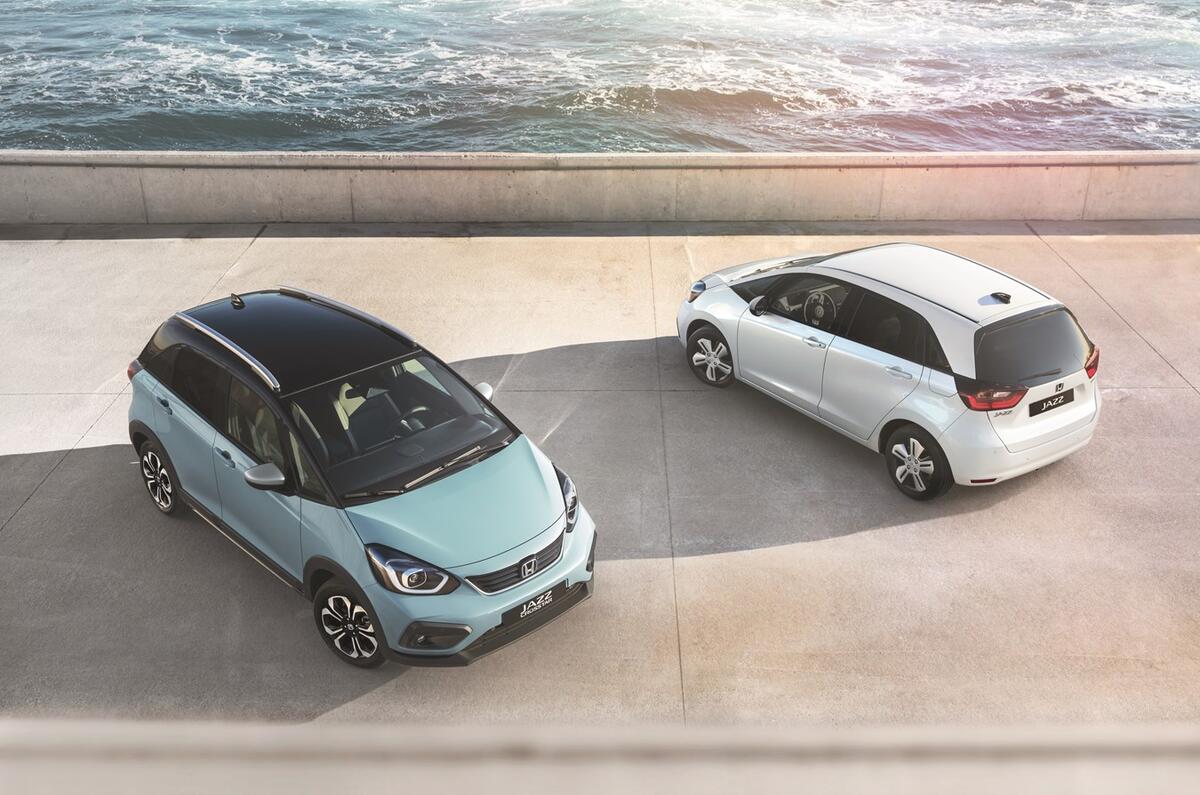
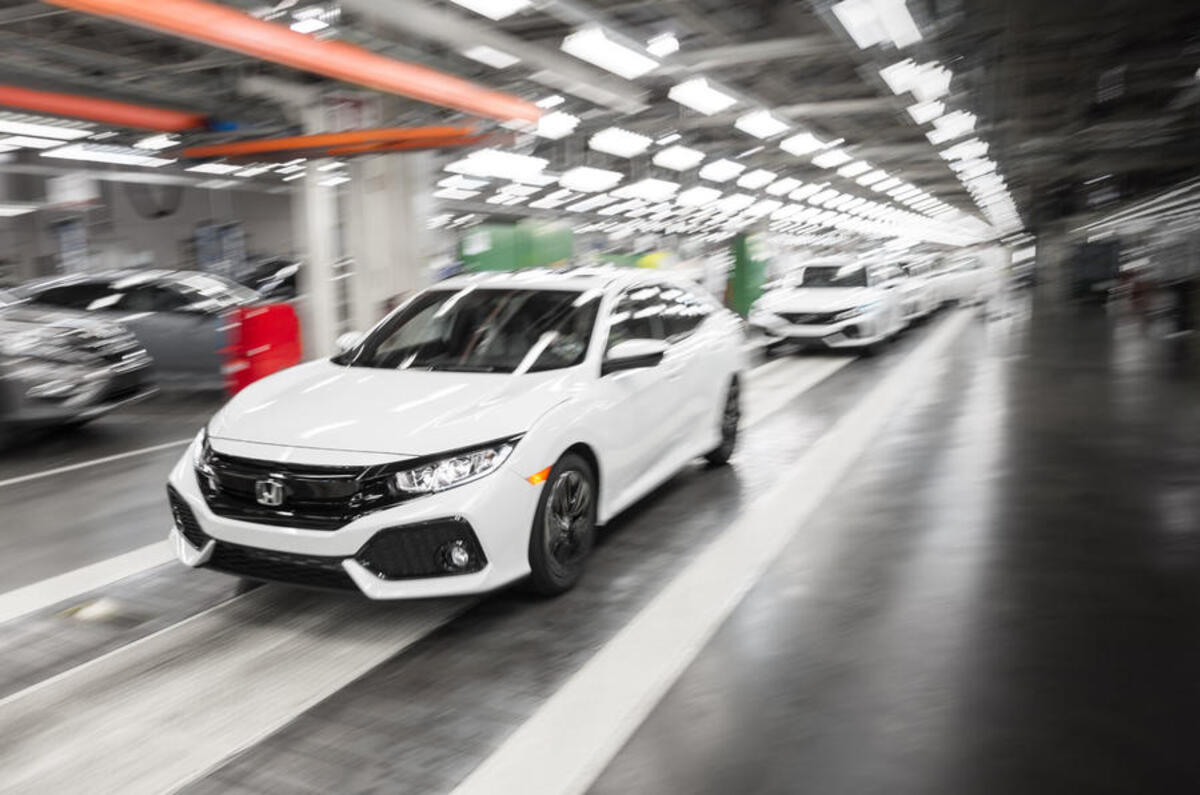
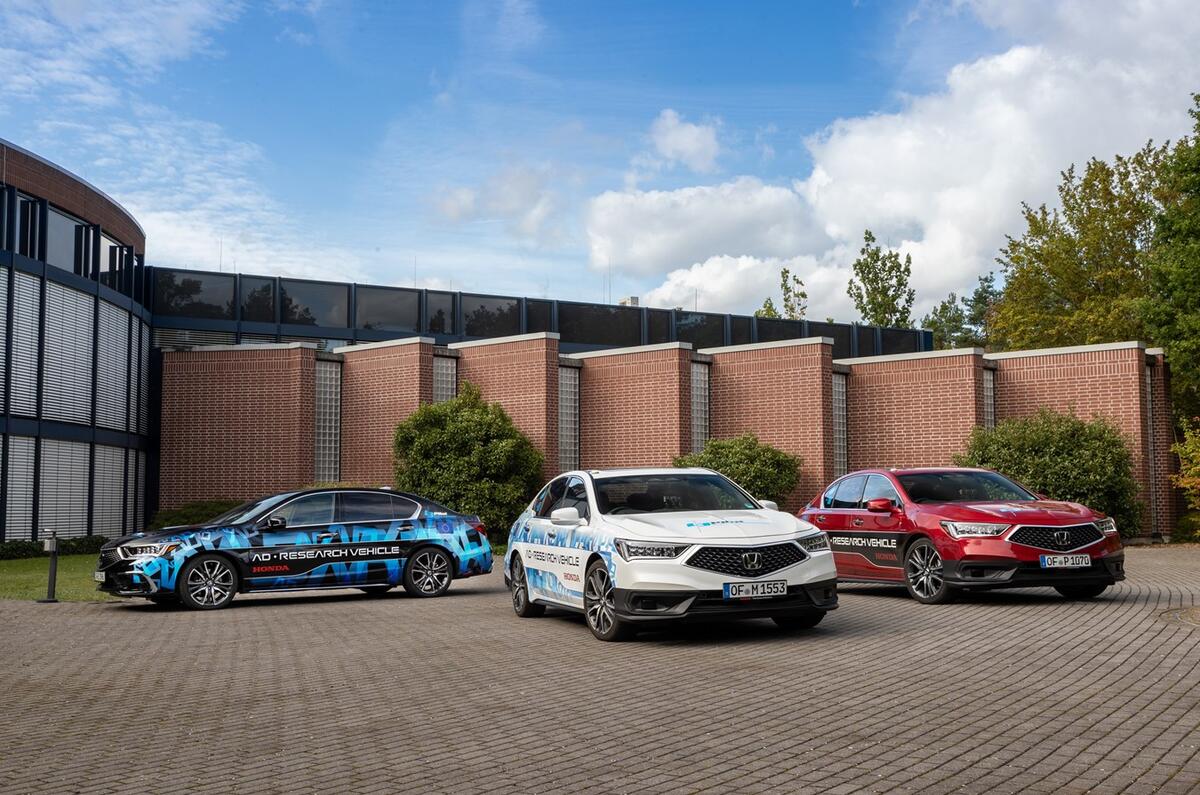
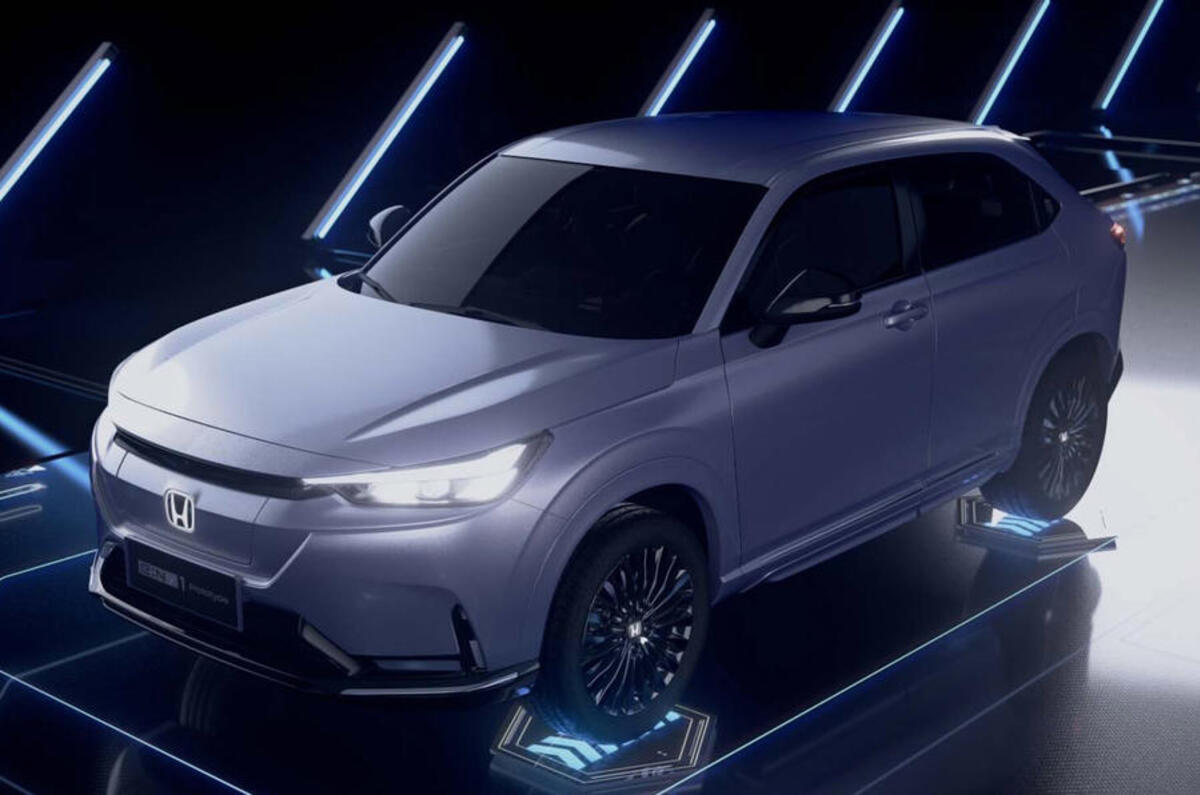
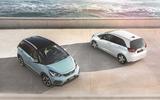
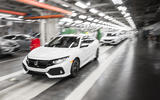
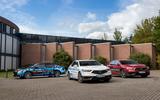



Join the debate
Add your comment
Look if you've lost 74% of your sales in 15 years closed plants in Turkey & the UK, let 30% of your sales outlets go, you're not in rude health you're on the way out. Yes you may be going great guns in the United States but in the more sophisticated European market your sales are tanking. It's your own fault you've reduced the European model line-up,jacked up the retail prices then have the sheer brass neck to say that everything's OK. Look wise up cut the management B/S otherwise Honda could end up like BL/Rover which would be rather ironic wouldn't it.
Seems most people think they can run Honda UK better than Honda do. But in truth they probably can.
4.5 cars in a range. I have never seen an E on the road. The Jazz went from £14k to £20k as the model went Hybrid only, the Civic polarised opinion, they dropped the Accord, the HRV is dull, but the CRV seems to do what buyers want. Except where is the engine range? most offering come with one engine, and no choice.
The Type R was brilliant, but what is it a halo for, the rest of the range is so dull. And why didnt they have a stock to get them through until the new Civic comes out?
Why didnt the S660 get imported? Couldn't they have brought a few hundred a year in under single vehicle type approval rules?
We all know they are very reliable, but you need more than that
One of the best things about being a car greek is the success of a car company is basically based on say 4 products so it's easy to predict failure or success. If you get the basics and the price wrong then you have failure.
Honda's where ugly, Civic, dated mechcanics the 1.8 NA was around to long, boring and over priced for example HRV.
Then they tried to go down the hydrogen car route and wasted billions and fell behind the competition on the BEV front.
It was a long suffering failure that was painful to watch but the managerment just stuck their heads in the sand.
This is as good a myth as any car greek has ever told...